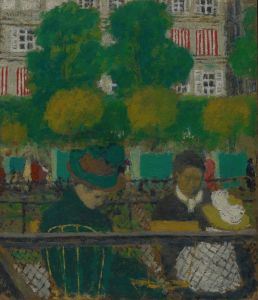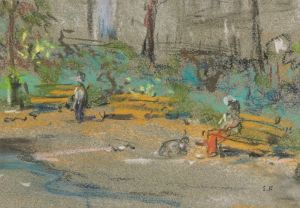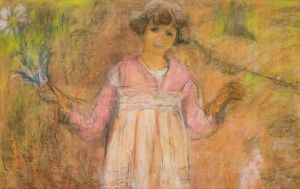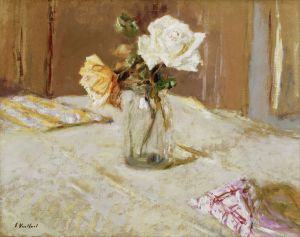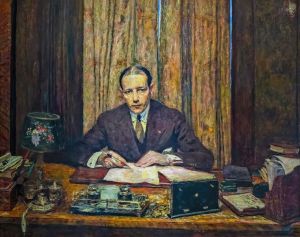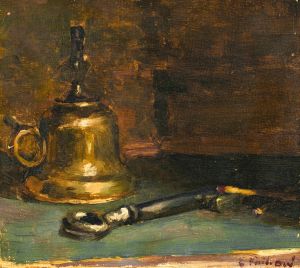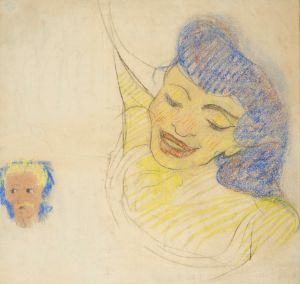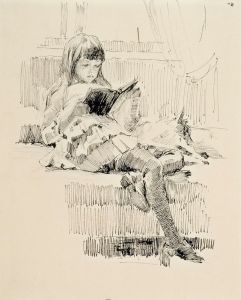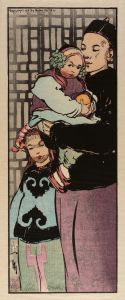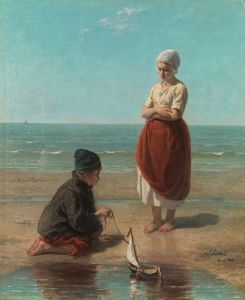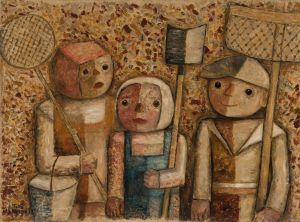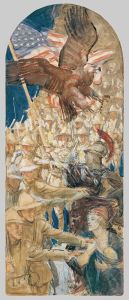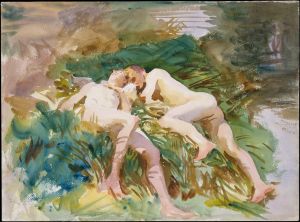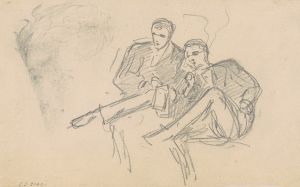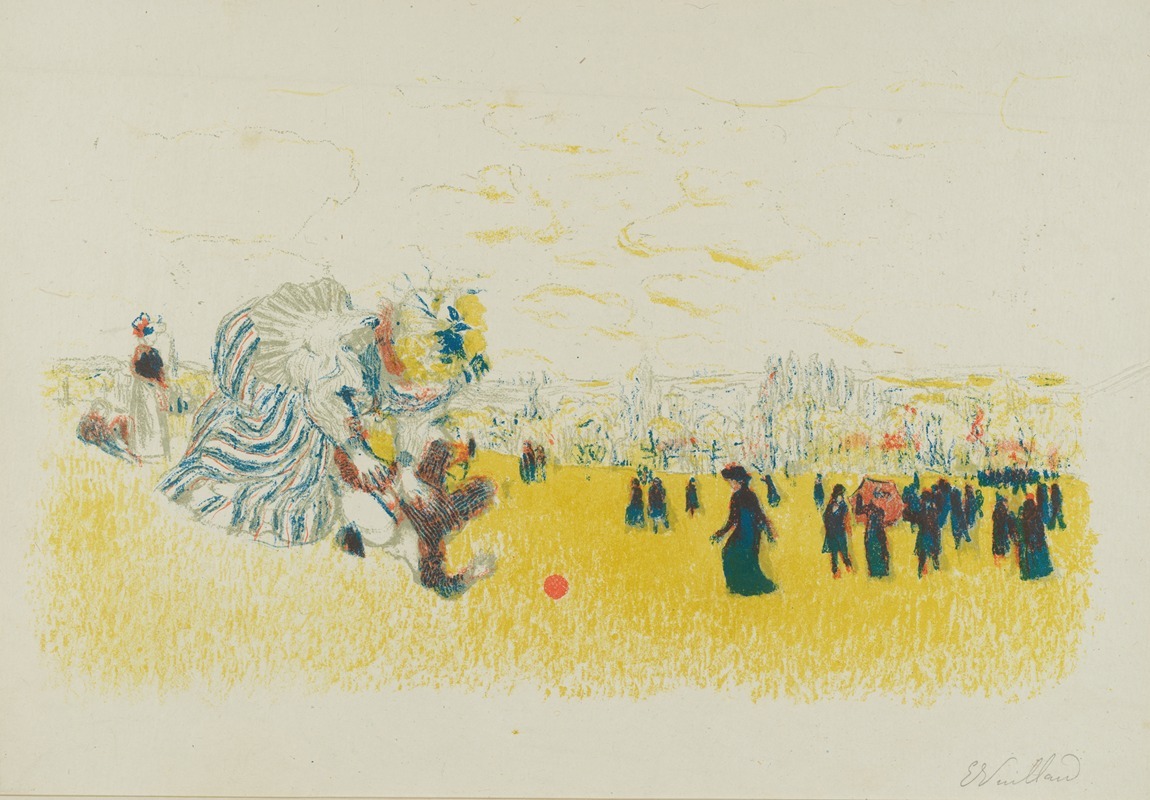
Children’s Games
A hand-painted replica of Édouard Vuillard’s masterpiece Children’s Games, meticulously crafted by professional artists to capture the true essence of the original. Each piece is created with museum-quality canvas and rare mineral pigments, carefully painted by experienced artists with delicate brushstrokes and rich, layered colors to perfectly recreate the texture of the original artwork. Unlike machine-printed reproductions, this hand-painted version brings the painting to life, infused with the artist’s emotions and skill in every stroke. Whether for personal collection or home decoration, it instantly elevates the artistic atmosphere of any space.
Édouard Vuillard's Children’s Games is a painting created by the French artist who was a prominent member of the Nabi movement, an avant-garde group active in the late 19th century. Vuillard is best known for his intimate domestic interiors and depictions of everyday life, often characterized by a subtle interplay of color, pattern, and texture. While specific details about Children’s Games are limited, the work reflects Vuillard's broader artistic style and thematic focus.
Vuillard frequently drew inspiration from his immediate surroundings, including his family, friends, and domestic spaces. His works often feature a flattened perspective and an emphasis on decorative elements, influenced by Japanese prints and the Symbolist movement. Children’s Games likely captures a moment of childhood activity, rendered with Vuillard's characteristic attention to detail and atmosphere. The painting exemplifies his ability to convey a sense of intimacy and quiet observation, hallmarks of his oeuvre.
Vuillard's approach to art was deeply rooted in his belief that painting should evoke emotion and mood rather than adhere strictly to realism. His use of muted tones and intricate patterns creates a sense of harmony and cohesion, drawing the viewer into the scene. In Children’s Games, this approach may be evident in the way he portrays the children and their environment, blending figures and background into a unified composition.
The exact date of creation for Children’s Games is not widely documented, but it is consistent with Vuillard's works from the late 19th or early 20th century. During this period, he was actively exploring themes of domesticity and the private sphere, often focusing on the interactions between people and their surroundings. His paintings from this time frequently feature family members or close acquaintances, suggesting that the children depicted in this work may have been part of his personal circle.
Vuillard's contributions to the Nabi movement and his subsequent career have cemented his reputation as a key figure in modern art. His works are celebrated for their innovative use of color and composition, as well as their ability to capture the subtleties of human experience. Children’s Games is a testament to his skill as an observer of life and his dedication to portraying the beauty of the everyday.
Further details about the painting, such as its current location or provenance, are not readily available in public records. However, it remains an example of Vuillard's enduring legacy and his influence on the development of modern art.





